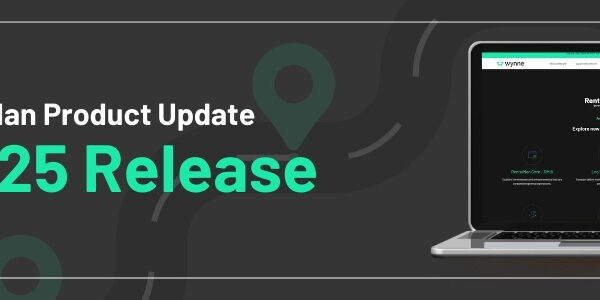
- With inflation and labor shortages hitting fleets hard, there’s more pressure than ever to unlock new efficiencies among maintenance teams.
- Telematics can enable the live sharing of data such as fault codes and odometer readings, allowing for rapid diagnosis of a vehicle fault.
- Dashboards and automated reporting can cut down on the need for technicians to manually check and send information to fleet managers.
U.S. inflation is at a 40-year high of 9.1%, with the economy also facing the largest labor shortage in decades. So it’s no surprise that businesses in every industry are looking for ways to boost employee productivity, make the most of their time, and cut overall costs. This is especially true in fleets; skilled employees such as drivers or technicians are a scarce resource nationwide.
In particular, technicians can be a significant focus area for fleet managers and operators who want to boost profitability. That’s because alongside being high-cost employees in their own right, they also are responsible for minimizing asset downtime among a fleet. Cutting asset downtime is an essential objective for any fleet, with every unavailable vehicle representing a potential opportunity cost in terms of lost revenue.
For that reason, many fleets are looking to improve their maintenance productivity by targeting metrics like time taken per repair and cost per repair. However, many fleets find that the major hurdles their maintenance teams face can’t be chalked up to their technicians’ efficiency or processes. Instead, the challenge facing fleets is improving information and communication flows — allowing better predictive maintenance, more agile methods, and improved technician reaction time to new faults.
To this end, software is proving to be the real game-changer in improving maintenance efficiency.
Telematics for Improved Diagnostics
Specific data points can help technicians anticipate when an asset will encounter a fault and discover the problem with an asset when it does face a problem. In particular:
- Odometer readings: As a vehicle’s mileage increases, teams can effectively predict the probability of it encountering a fault. Accurate and accessible odometer readings enable technicians to set up predictive maintenance regimens to avoid asset downtime and also better anticipate what the fault may be to speed up their diagnostic regimens.
- Diagnostic trouble codes (DTCs): DTCs can help tell teams what systems are suffering from a fault and quickly prepare an appropriate diagnostic and maintenance regimen to address it. Alongside current DTCs, a log of past DTCs encountered by a vehicle can help technicians understand the problem with an asset.
However, traditional processes meant that these crucial data points had to be manually logged and were often siloed away from teams. This meant less reliable data and an inability by teams to have a “live feed” on an asset’s odometer and DTC values. It also means there’s an increased risk of maintenance teams working with old or inaccurate data, which can create shortcomings in predictive or reactive maintenance jobs. Additionally, this can mean slower diagnoses of faults when they emerge among vehicles in a fleet.
Enter telematics, which can unite GPS systems with a vehicle’s diagnostic equipment to log and share vital maintenance data points with technicians in real time. By providing intuitive and live information on an asset’s mileage, current fault, and fault history, telematics can help a maintenance crew glance at a problem before a faulty asset rolls into a workshop. This means less time spent by maintenance teams on diagnoses and gathering information and more time delivering value to the fleet.

Automated Reporting to Fleet Management
Communication between technicians and fleet managers and operators can also be a problem. Back-and-forth emails, phone calls, and messages describing vehicle faults, maintenance timelines, or part requests can waste time for both maintenance crews and fleet managers.
Much of the manual gathering of information in reporting and comms of this sort can and should be automated and abstracted away. That role can be filled through dashboards that automatically share data across teams, providing real-time insight to maintenance crews and fleet managers around maintenance jobs.
What dashboards also bring to the table is the ability to look at medium- to long-term analytics regarding assets and maintenance teams. Through this, fleet managers and operators can identify any asset pain points, recurrent maintenance problems throughout their fleets, and potential working patterns among technician teams to boost efficiency and productivity.
A Software Partner for Fleets
Implementing software for real-time monitoring and reporting asset and maintenance conditions may seem daunting initially, but it doesn’t need to be. With over 30 years of service to the industry, the team at Wynne knows exactly how software can complement fleets to improve the efficiency of their maintenance teams.
Wynne’s Logistics Solution can provide your organization with live data from telematics, seamless information sharing between teams, and the ability to make smarter decisions regarding predictive maintenance and analysis of the condition of your vehicles.
If you’re interested in finding out more on how to unlock huge maintenance efficiencies for your fleet, contact us today or schedule a call with a member of Wynne’s team today.




